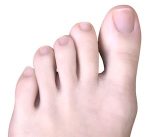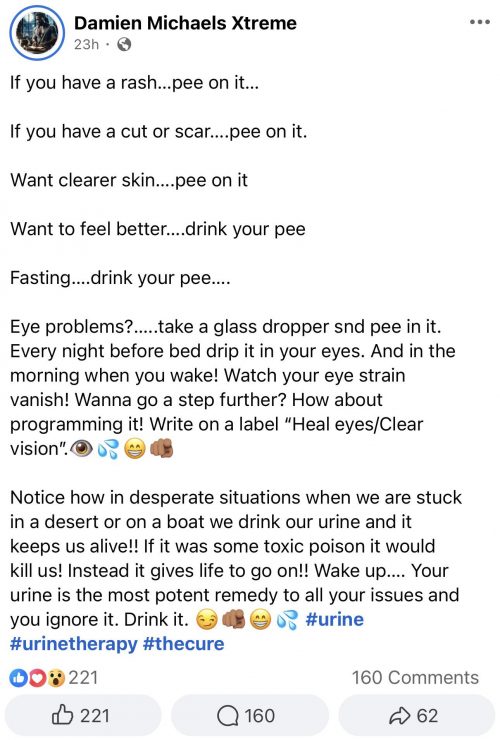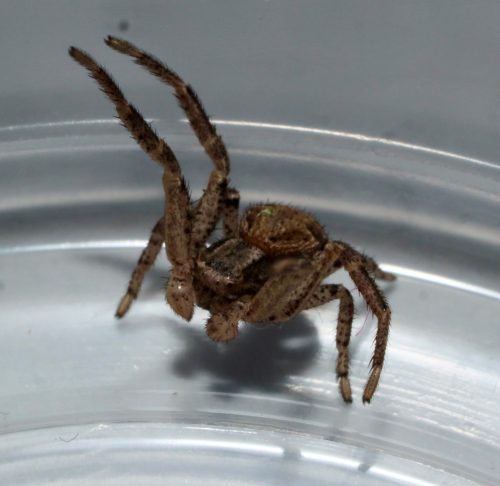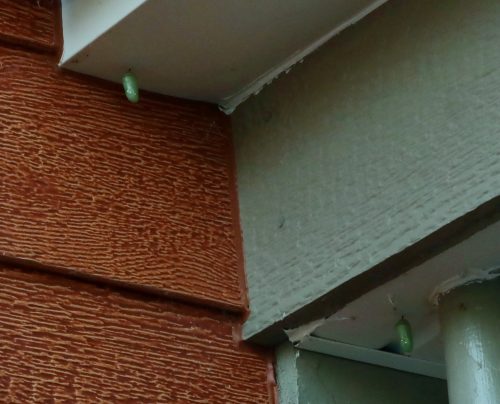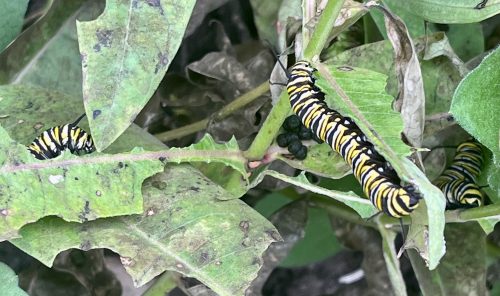My lower limbs have been making this sabbatical half-year hellish. First, there was an unexpected meniscus tear in my right knee; that pain is still there, a sharp needle in that one joint. Then my left knee started swelling up and protesting every time I bent it; that knee has been a weak point for a half century, and I think being more reliant on that leg made it protest more. Then I had a gout flare-up in the left foot, and those of you who’ve suffered one of those know how agonizing it can be. And now, this morning, I wake up to my right ankle experiencing a sharp grinding pain, like it’s going on strike in sympathy with the other joints. Basically everything below the hips hurts right now. I’m also going stir crazy, trapped in my office.
Two things are helping me keep my perspective.
First, years ago I was funded by a cancer training grant, which required me to attend weekly classes on cancer. Many of these were great and useful to me, when they were taught by molecular biologists, but every once in a while they’d bring in a cancer surgeon, which was a very different experience. Most memorable was the guy who had a patient with bone cancer in his lower limbs that spread up into his pelvis. To keep him alive, and to generate the most horrific series of slides I’ve ever seen, they cut him in half at the waist, threw out his legs and pelvis, and tied him off with a knot, where the tag end of his colon and a couple of ureters were left dangling, dripping into a plastic bag.
The happy part of the story is that he lived long enough afterwards to escort his daughter down the aisle at her wedding, which is all he wanted. Also, I’m left with some terrible images that tell me it could always be worse.
Second, I’ve always been kind of an anti-foot-fetishist. I’m a hand man. Feet have always seemed like ugly, malformed hands, so I’m most comfortable keeping them tucked away in a pair of shoes. My recent problems mean I’ve been shoeless most of the summer, and when I am getting up to shuffle around, my attention is often focused on my feet. I have started to seriously appreciate my toes. Really, they’ve evolved to spread out the load at the ends of my feet, and I see them doing an important job that has always been obscured by footwear. Then I notice that they also conform to the substrate — we didn’t evolve to walk on flat floors, but on more rugged ground, and there they spread out so that all five toes are in contact. Sometimes, when I’m trying to get from the bedroom to the bathroom, I look down and have to admire the job my toes are doing.
So I’m getting by. I have an appointment with my orthopedist tomorrow, and hope he can fix one or two of my problems.


